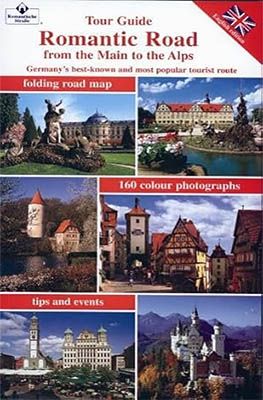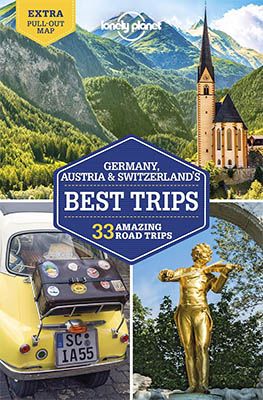We’re embarking on a special road trip through Germany. The Romantic Road isn’t just any tourist route — it’s a journey through the very heart of German history and culture. That’s why the Romantic Road is one of Germany’s most beloved holiday routes.
The route stretches over 460 kilometres from Würzburg in the north to Füssen in the south. Along the way, we pass through picturesque landscapes filled with forests, rolling hills, and tranquil rivers. The road takes you through around thirty charming towns and villages, each with its own unique character, stories, and sights.
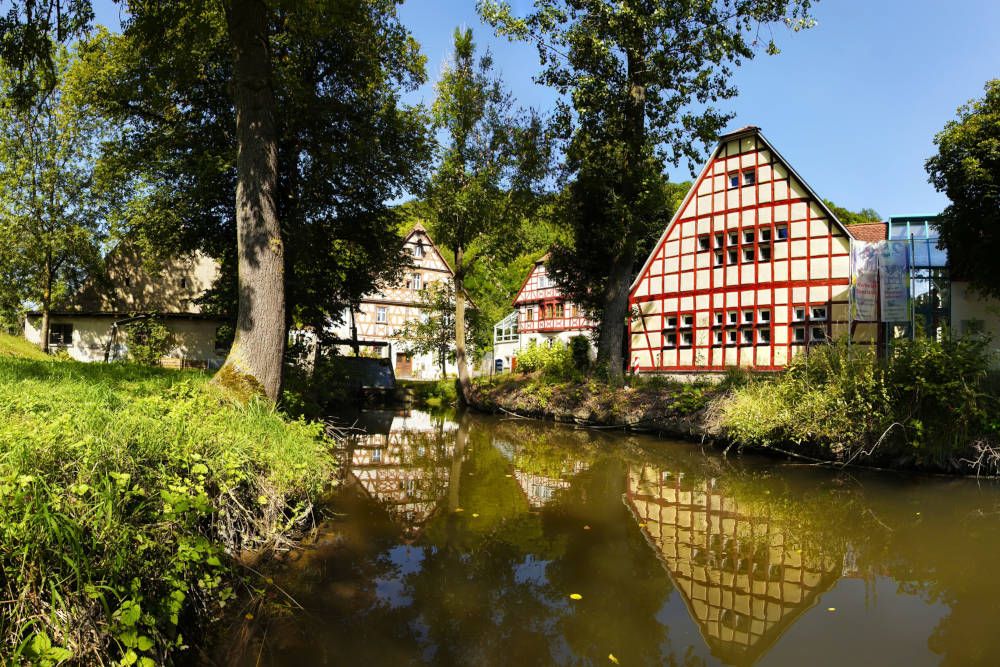
Experiencing the Romantic Road: Different Ways to Travel
There are several ways to explore the Romantic Road:

By Car on the Romantic Road
We opted for the flexibility of travelling by car. Getting lost is almost impossible: along the entire 460 kilometres, clear brown signs marked “Romantische Straße” guide the way. The route follows well-maintained secondary roads, avoiding busy highways. This allows you to fully enjoy the stunning scenery. You have the freedom to stop whenever you like, whether it’s to admire a scenic viewpoint or visit an interesting attraction. Travelling by car also makes it easy to carry luggage and explore the distances between historic towns at your own pace.

Cycling the Romantic Road
Cycling enthusiasts can take on the Romantic Road by bike. The cycle route is well signposted and follows quiet roads, forest paths, and dedicated cycle lanes. Sometimes the paths wind through vineyards or along riverbanks. It’s a joy to breathe in the fresh air while taking in the beautiful views. The northern part of the route is relatively flat, but it becomes hillier as you approach the Alps. An e-bike is therefore highly recommended.

Walking the Romantic Road
For those who prefer to walk, there is a hiking trail running parallel to the Romantic Road. The route is divided into 25 stages. Walking gives you the chance to experience nature up close and discover the many historic towns and castles at a leisurely pace. Between towns, you’ll often walk through dense forests and open fields, where the only sounds are birdsong and the rustling of the wind.
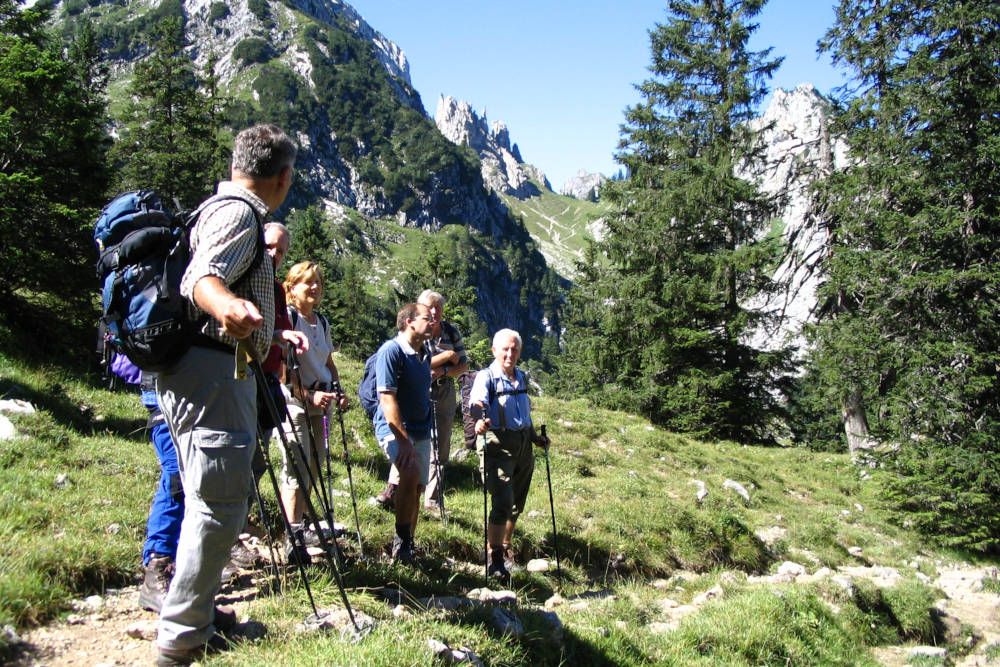
UNESCO World Heritage Sites Along the Romantic Road
The Romantic Road is dotted with cultural treasures recognised worldwide. As you travel, you realise you’re journeying across historic ground.
Würzburg Residence
Right at the start of the Romantic Road lies the Würzburg Residence. This baroque palace, dating from the 18th century, is a masterpiece of splendour. Inside, you’ll immediately see why: the enormous ceiling fresco is breathtaking — in fact, it’s the largest fresco in the world. Be sure to visit the Imperial Hall and the beautiful palace gardens. The building perfectly showcases the wealth and grandeur of its era. A fantastic way to begin the route.
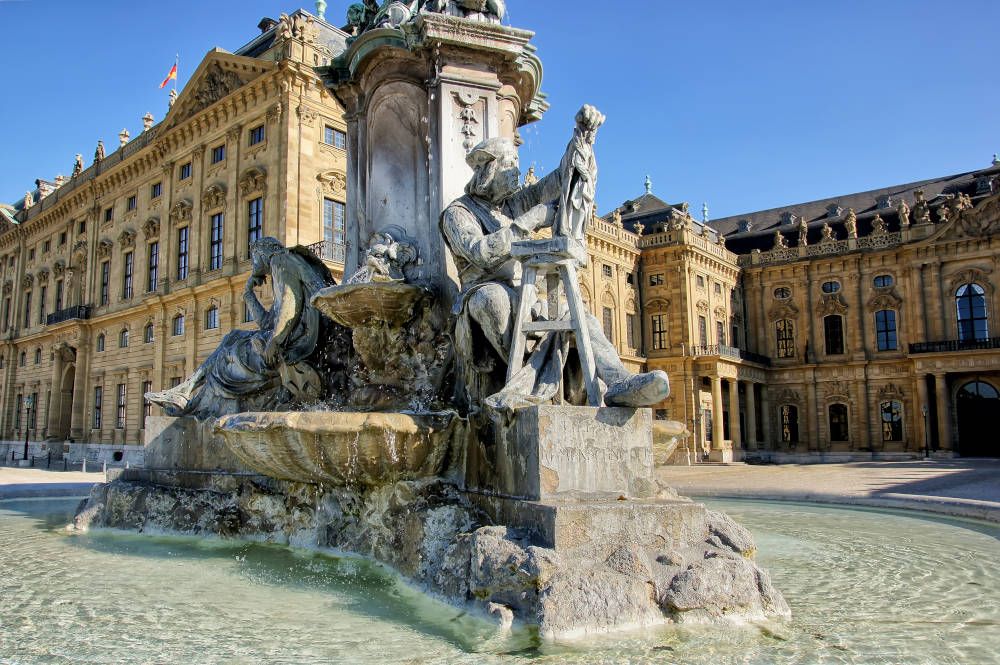
Pilgrimage Church of Wies
Don’t miss the Pilgrimage Church of Wies, a true gem of the Romantic Road and rightly listed as a UNESCO World Heritage site. The church is beautifully situated in an Alpine meadow. From the outside, it looks quite modest, but inside awaits a stunning surprise. The interior is pure Rococo: light, cheerful, and richly decorated with frescoes and stucco work. Once a major pilgrimage site, today it mainly attracts art lovers. It’s a unique place not to be missed.

The Roman Empire’s Frontier
Along the Romantic Road, you unexpectedly encounter the history of the Romans: the Limes. This was the ancient border of the Roman Empire. You travel along the Upper German-Raetian Limes, with remnants near towns like Dinkelsbühl. Here you’ll find old fortifications and reconstructed watchtowers, showing where Roman soldiers stood 2,000 years ago. This border marked the edge of the ‘civilised’ Roman world and the beginning of the ‘barbarian’ lands. A fascinating step back in time.
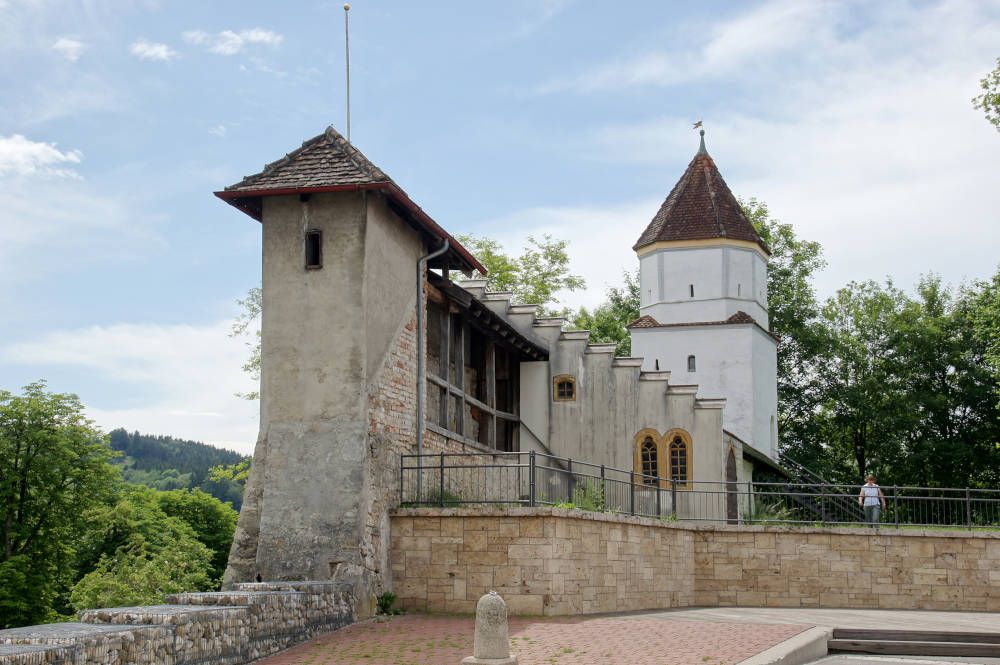
Augsburg’s Water Management System
In Augsburg, keep an eye out for the ingenious water management system, which has held UNESCO status since 2019. For centuries, this network provided the city with drinking water and energy. It’s a remarkable feat of engineering from the Middle Ages through to the Industrial Revolution. You can still see canals and waterways in the city centre. Don’t miss the water towers near the Rote Tor, the oldest in Central Europe, or the three magnificent Renaissance fountains on Maximilian Street. This system shows how forward-thinking Augsburg was in harnessing water power.

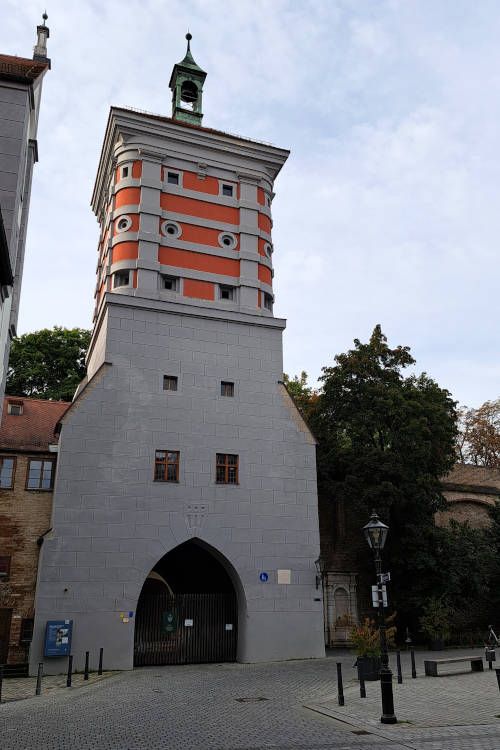
Neuschwanstein Castle
Naturally, you finish the Romantic Road with a very special highlight: Neuschwanstein Castle near Füssen. Since summer 2025, this castle has earned its well-deserved UNESCO World Heritage status. King Ludwig II began construction in 1869, perched high on a rocky outcrop. He wanted to create a dreamlike vision at one of the most beautiful spots imaginable. The architecture imitates a medieval knight’s castle, but inside it was state-of-the-art for its time. This castle is the perfect finale to the Romantic Road.
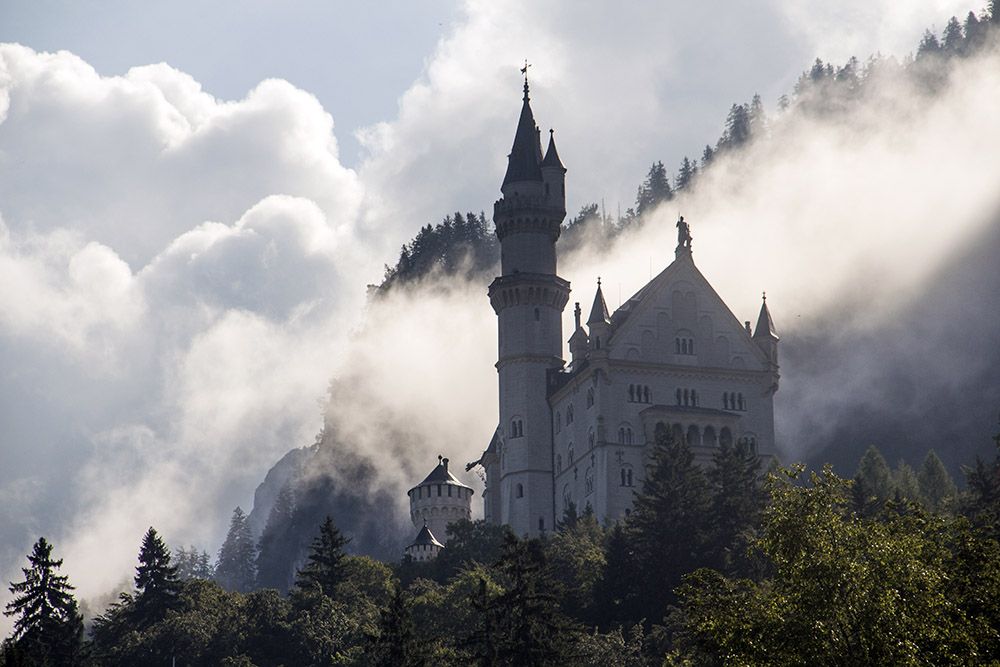
Our Stops Along the Romantic Road
We had just a week to enjoy Germany’s most beautiful tourist route, so we chose to visit some lesser-known places. Less famous, but absolutely stunning.
Wertheim
Our journey along the Romantic Road begins in Wertheim, a delightful stop. We immerse ourselves in the atmospheric historic centre. The timber-framed houses are beautiful, and the Market Square is the bustling heart of the town where we take a relaxing break. From here, we stroll to the city’s edge to see the Spitztor. Anyone who thought only Pisa had a leaning tower will be surprised — Wertheim’s Spitztor leans even more! For centuries, the tower served as a prison.
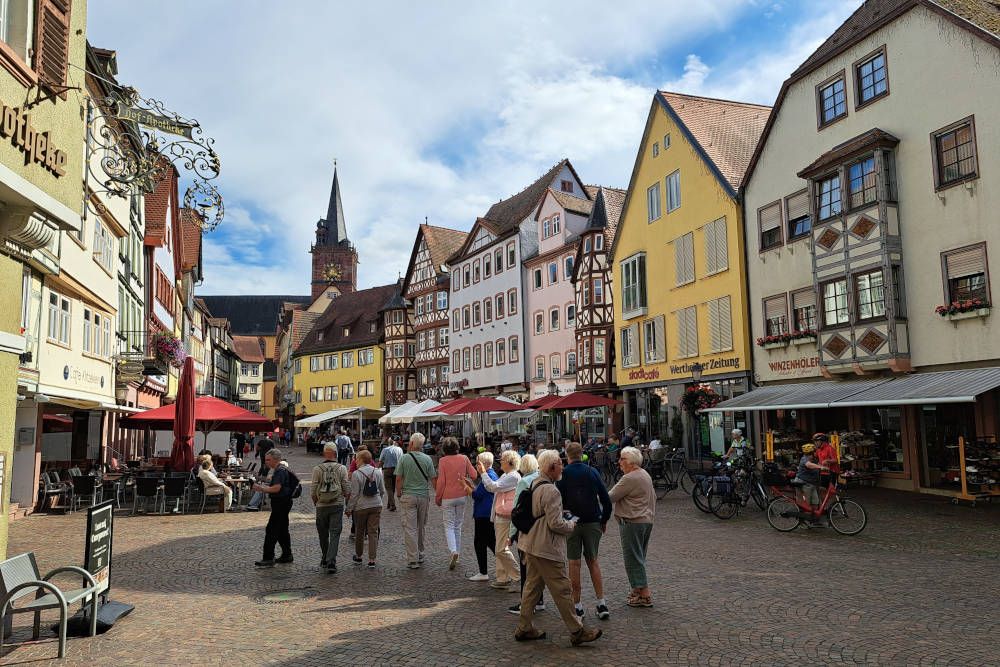
The Tauber River flows into the Main here. Along the banks, we enjoy lovely views of Wertheim’s large fortress towering above the town. Time for a climb! We ascend a series of steps to reach the castle. Although the castle itself is currently closed, the terrace view makes up for it. From here, we look out over the town and see the Tauber joining the Main in the distance.
The next day, we walk through nearby vineyards. At the Alte Grafschaft winery, we savour the local wines — a perfect reward after all that walking.

Weikersheim
Weikersheim is a charming, modestly sized town in the Tauber Valley. We soak up the cosy atmosphere as we wander its streets lined with timber-framed houses and stately buildings. The main attraction is Weikersheim Castle, which has been home to the counts and later princes of Hohenlohe for centuries. Originally built in the 12th century as a water castle, it gained its Renaissance and Baroque appearance in the 16th and 18th centuries.

Inside, we visit the magnificent halls. The wealth of the family is evident in the Knight’s Hall, a vast room with impressive ceiling paintings and hunting scenes. The historic interiors, including the Baroque bedrooms and kitchen area, give a vivid impression of court life. The castle feels very alive.
Our walk ends in the Baroque garden, one of Germany’s finest. Designed in French style with neat paths and trimmed hedges, it’s dotted with statues of dwarfs and figures from Roman mythology. We stroll past the orangery, enjoying the peace and perfect views of the castle — an ideal spot to rest.
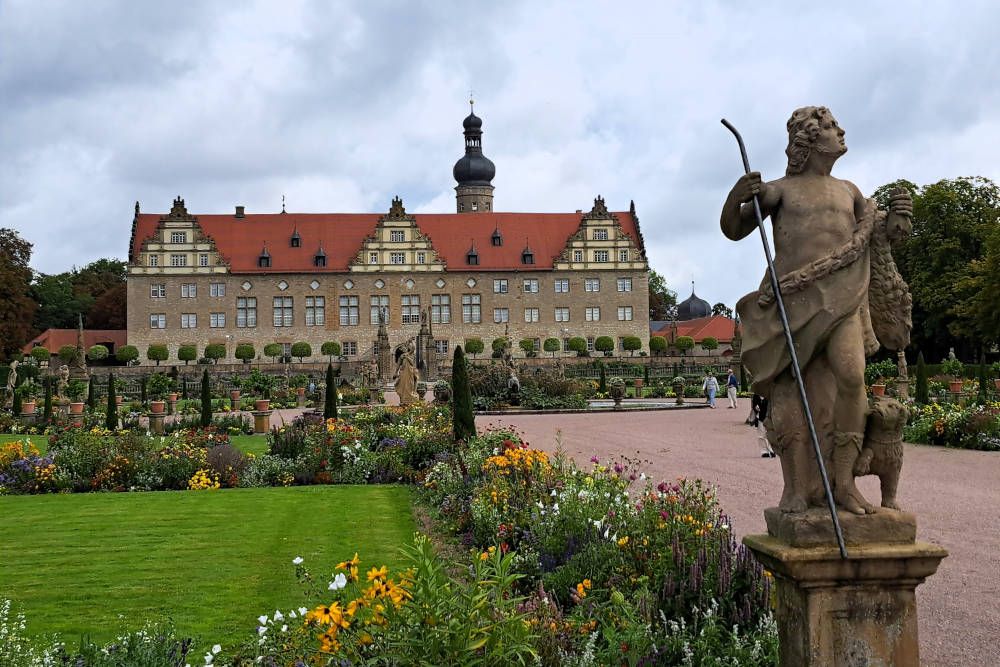
Dinkelsbühl
Dinkelsbühl is an absolute treat on the Romantic Road. Walking through its streets feels like stepping back into the Middle Ages, as the entire city wall still stands proudly. The colourful timber-framed houses and the beautiful St. George’s Church are highlights. But the most striking feature is the many well-preserved towers scattered throughout.
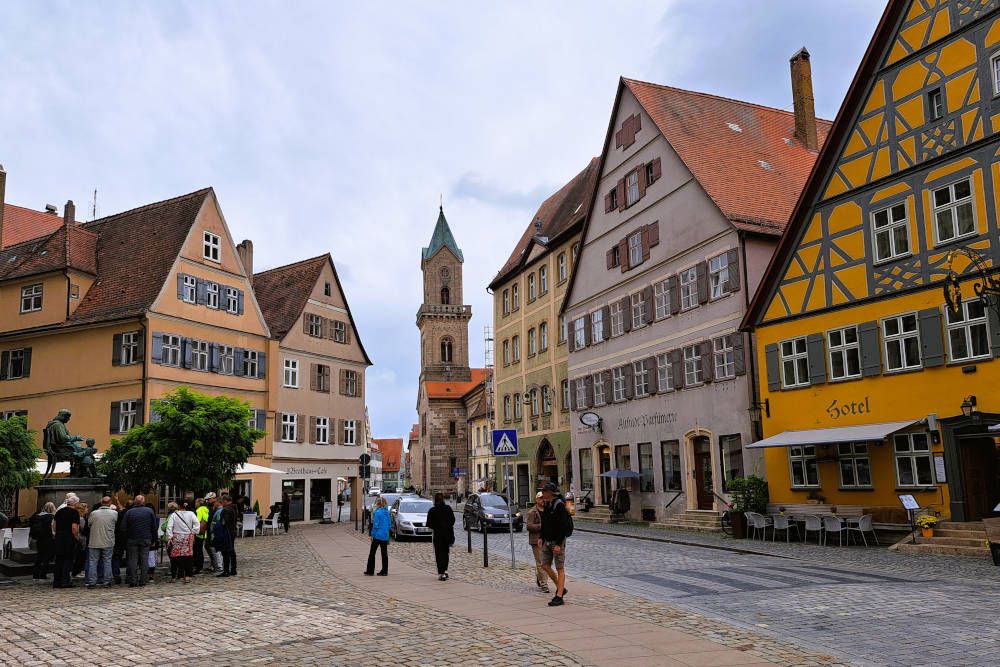
The city wall boasts sixteen towers and four gates, each with its own story. We start at the Segringer Gate, the most impressive, then walk along the wall. We see the Wörnitz Gate, which once connected to the Wörnitz River, and the Rothenburg Gate. Each tower has a unique roof shape or special construction. They were once used for defence, but also as prisons or storage. The walls and towers reveal Dinkelsbühl’s former wealth and strategic importance. It’s a pleasure to complete the full circuit and view the town from different angles.
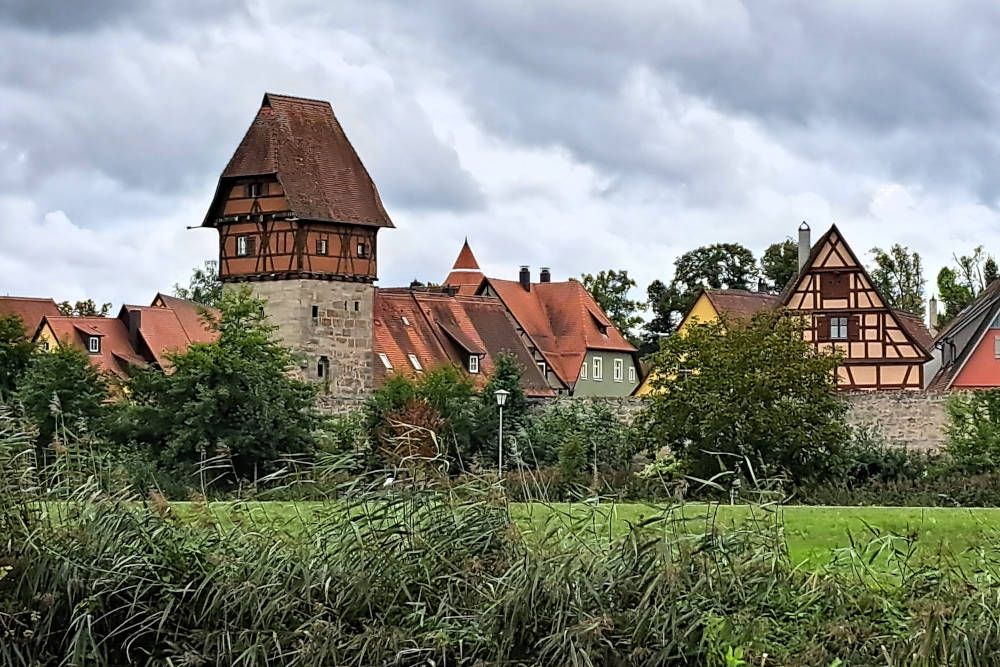
Rothenburg ob der Tauber
On the way to Rothenburg ob der Tauber, we stop at a perfect viewpoint. From here, the town lies in full glory atop a hill. The complete medieval fortifications, with their many towers and gates, make a stunning sight from afar. This is the ideal spot for a photo capturing the town as a whole.
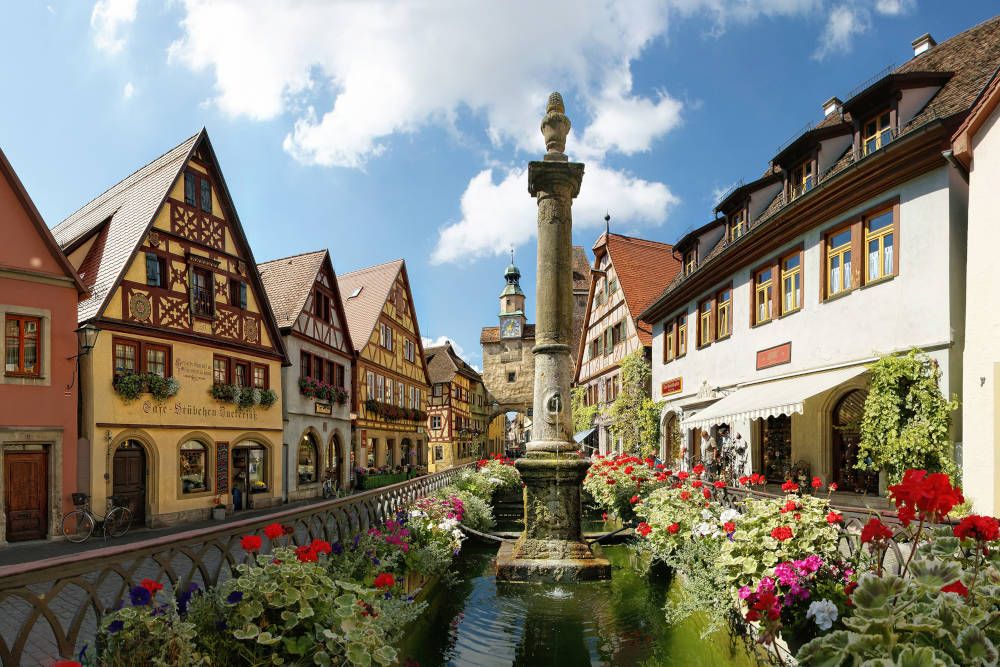
Inside, we stroll over the old cobblestones. Rothenburg is a living museum. The main sights are close together. On the Market Square, we admire the impressive Town Hall with its Renaissance and Gothic façades. Not far away stands St. Jacob’s Church, famous for its Holy Blood altar carved from wood. Walking along the city walls is a unique experience, offering views down onto houses and streets. Everywhere you look, beautiful towers and gates come into view. The Plönlein, with its two towers and timber-framed houses, is the most photographed spot in town.
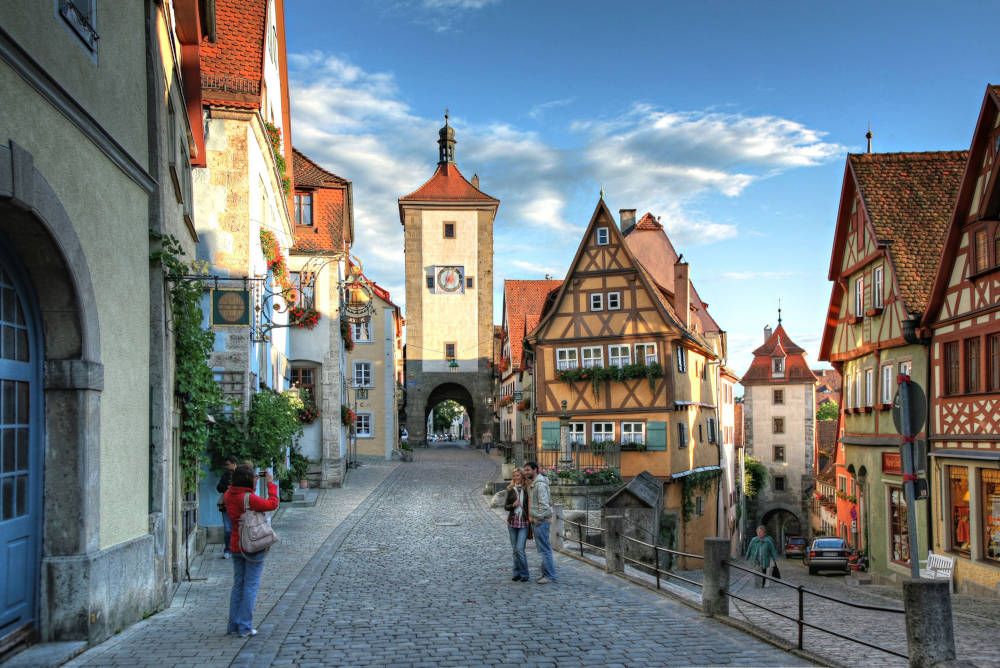
Augsburg
Augsburg is one of the oldest and most impressive cities on the route, and the most Italian in character.
We start with a visit to the Fuggerei, the world’s oldest social housing complex, founded in 1521 by Jakob Fugger. It’s fascinating to wander through the quiet courtyards and see how these small yellow houses are still inhabited. This is a unique piece of social history still in operation. Remarkably, the rent remains at €0.88 per year — the same amount as when it opened over 600 years ago!
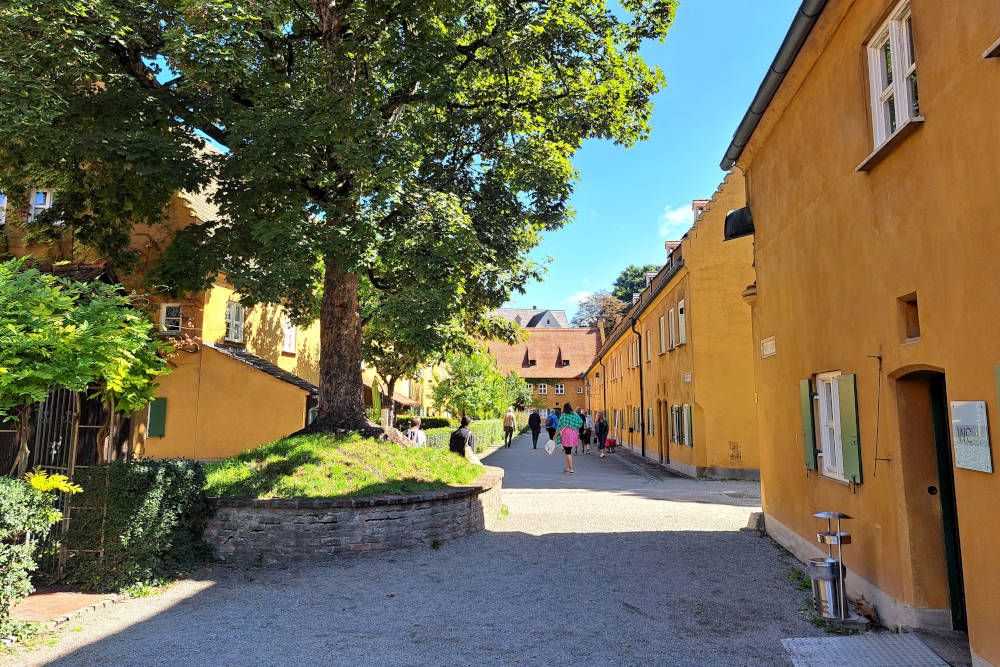
Unfortunately, the historic centre is under renovation. The magnificent Town Hall and the nearby Perlachturm tower are closed. Even from the outside, you can see the grandeur of these Renaissance buildings. The Town Hall houses the famous Golden Hall, which looks stunning in photos — imagine seeing it in person. We do, however, stroll past the three monumental Renaissance fountains and the aforementioned UNESCO water management system. Augsburg clearly has a rich history as an imperial city and trading centre.

End of Our Journey Along the Romantic Road
Our trip ends in Augsburg, after several days of admiring wonderful sights. For us, this is not the end. We’re already planning to walk part of the route and cycle another section. Taking our time to enjoy Germany’s beauty at a relaxed pace. To be continued!

Frequently Asked Questions About the Romantic Road
The Romantic Road is a tourist route in Germany. It starts in Würzburg and ends in Füssen.
There are three main ways to travel the route:
- By car: The route follows secondary roads and avoids highways. It is well signposted.
- By bike: The cycle route mostly follows traffic-free cycle paths and is also signposted.
- On foot: The adventurous can walk the Romantic Road in 25 well-marked stages, mostly along forest and field paths.
Several UNESCO sites lie on or near the route:
- Würzburg Residence with its Court Garden
- Pilgrimage Church of Wies (Wieskirche) near Steingaden
- The Roman Empire’s Frontier (Upper German-Raetian Limes), near places like Dinkelsbühl and Nördlingen
- Augsburg’s Water Management System (Augsburger Wassermanagement-System)
- Neuschwanstein Castle of King Ludwig II of Bavaria
Yes, whether you travel by car, bike, or on foot, the route is clearly marked.
The time needed depends on your pace and sightseeing plans. As a guide for the car route:
| Type of trip | Recommended duration | What to expect |
|---|---|---|
| Fast (highlights only) | 3 to 4 days | Visit the top cities (Würzburg, Rothenburg ob der Tauber, Augsburg, Füssen/Neuschwanstein) with limited time at each stop. |
| Ideal (normal pace) | 6 to 7 days | Enough time to explore main towns and some smaller gems, with relaxed museum or castle visits. |
| Extended (leisurely) | 9 to 11 days | Perfect for the full route, many small towns, nature enjoyment, and activities like wine tasting or Alpine walks. |
Cyclists and walkers generally need more days and often choose to do only part of the route.
Every town along the route offers lovely hotels or B&Bs. Book well in advance, as the route is popular. Here you can find all accommodation options.
Below are the towns and villages along the Romantic Road route, from north to south. Clicking on a town will show you all the accommodation available there.
Many consider the Romantic Road to be Germany’s most beautiful tourist route. The combination of natural beauty and culture makes it an unforgettable experience. Stunning medieval towns, baroque landmarks, and pristine nature make the Romantic Road a popular choice.
Other notable scenic routes include:
- The German Alpine Road: Offers breathtaking views of the Bavarian Alps, passing lakes, towering peaks, and rolling alpine meadows. It runs from Lindau on Lake Constance to Berchtesgaden at Königssee.
- The German Timber-Frame Road (Deutsche Fachwerkstraße): A marked route through towns famous for their timber-framed houses. It stretches about 3,900 kilometres and is divided into eight sections, passing through regions like the Harz, Weserbergland, and Black Forest.
- The Orange Route: Connects cities and regions historically linked to the Dutch House of Orange-Nassau. It passes beautiful palaces, castles, and picturesque towns, including Dillenburg, the birthplace of William of Orange. Ideal for road trips or cycling holidays focusing on culture and history.
- The Fairy Tale Route (Deutsche Märchenstraße): A 600-kilometre themed route from Hanau to Bremen, following the footsteps of the Brothers Grimm. It links over 60 towns and villages with fairy-tale castles, timber-framed houses, and landscapes, such as Hameln (the Pied Piper) and Sababurg (Sleeping Beauty).
This blog was written independently and objectively based on our own impressions, following an invitation from the German National Tourist Board and the Romantic Road organisation.

